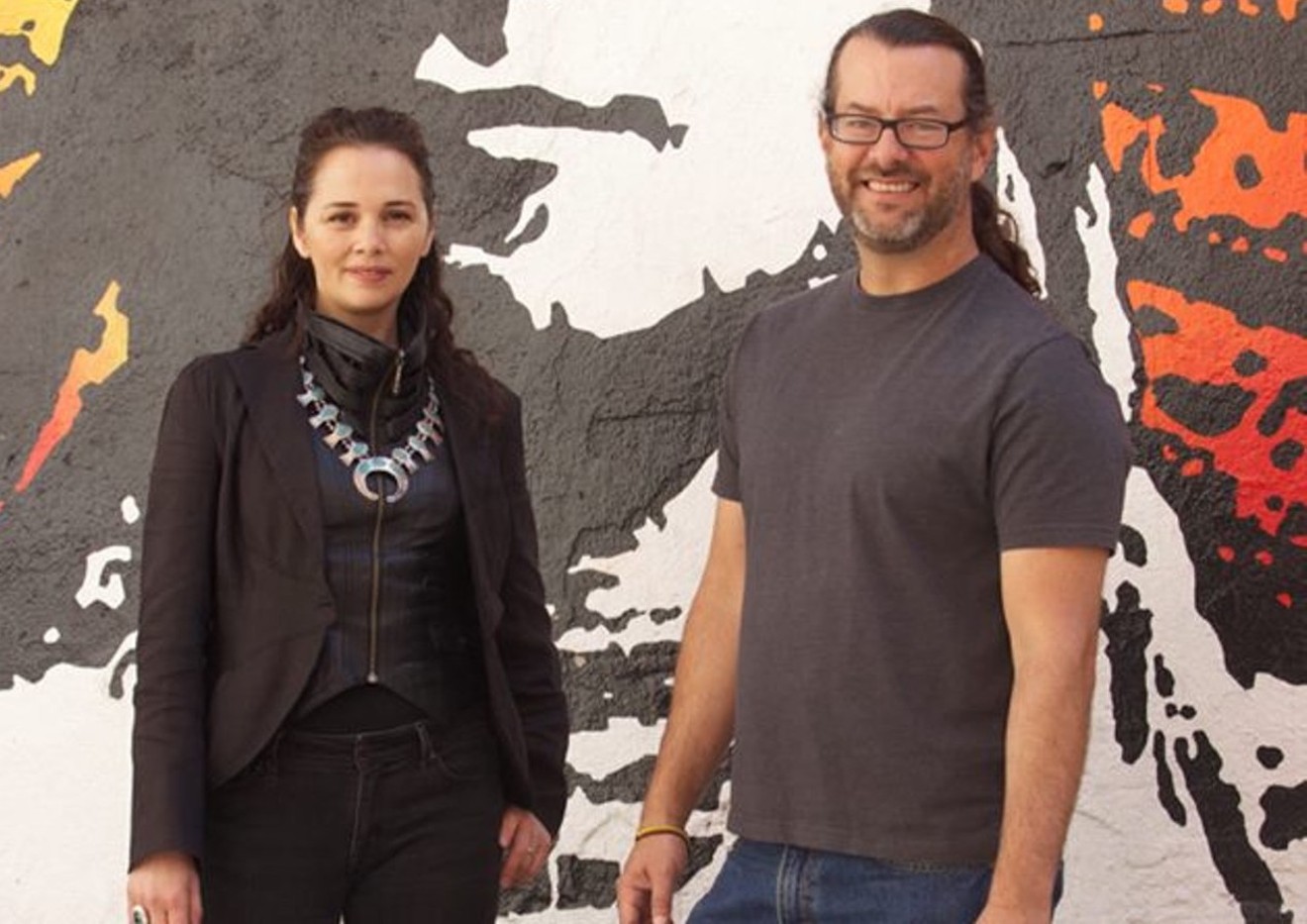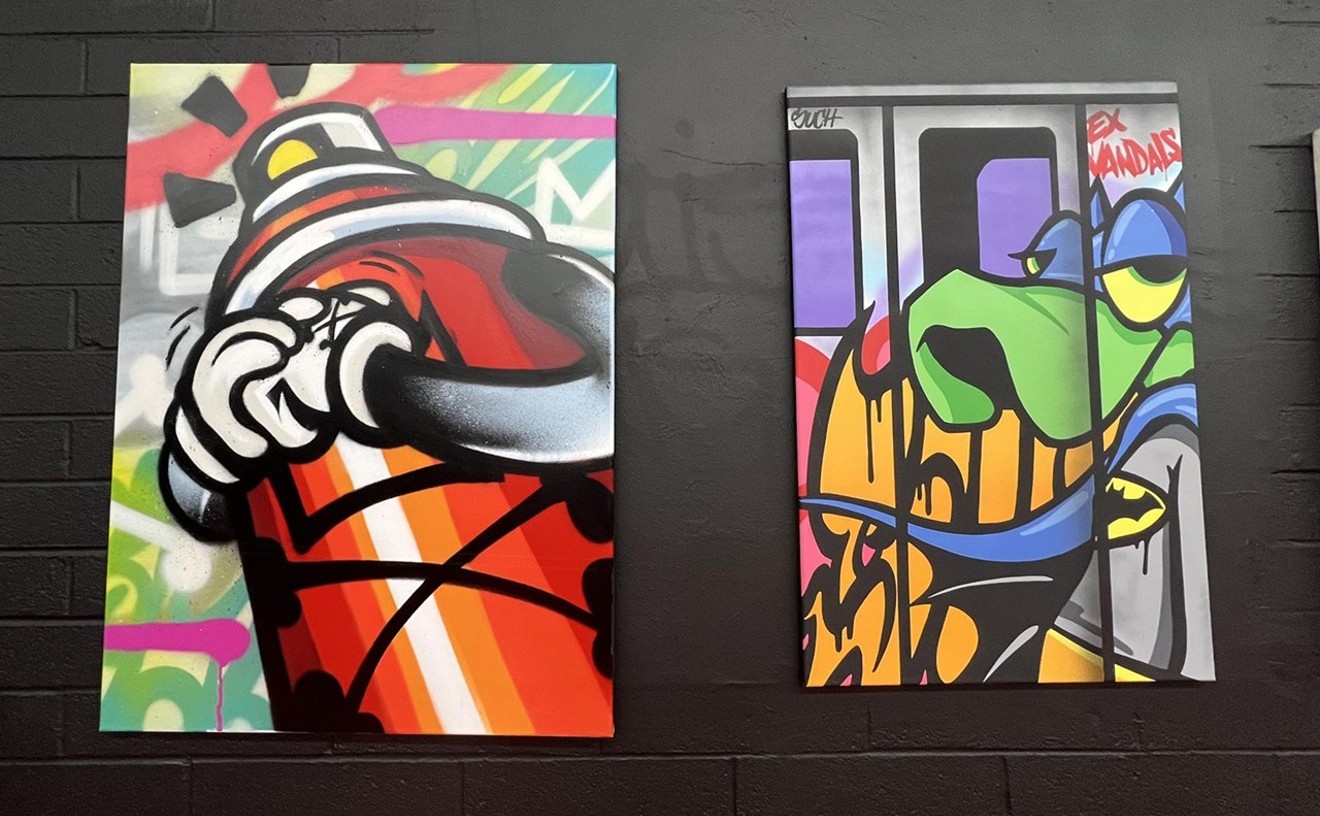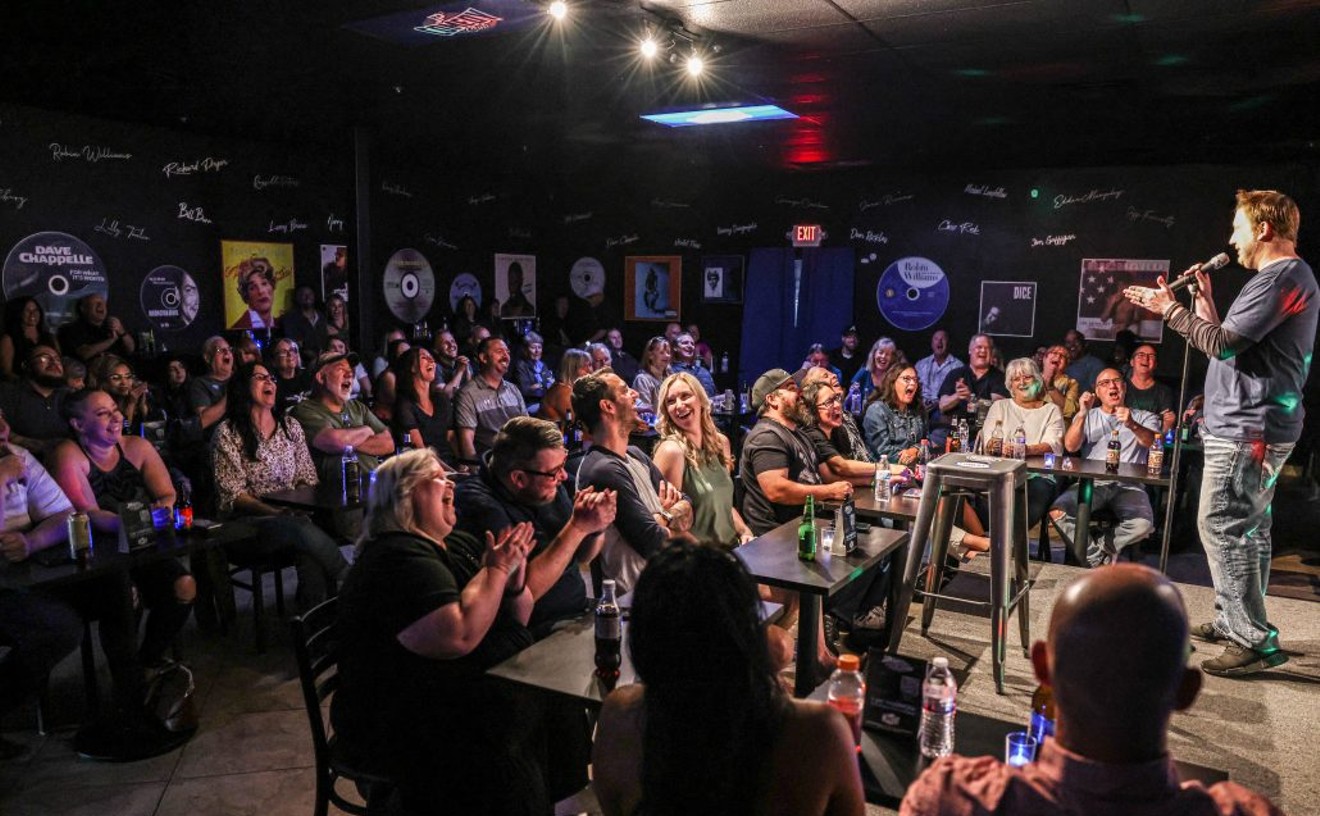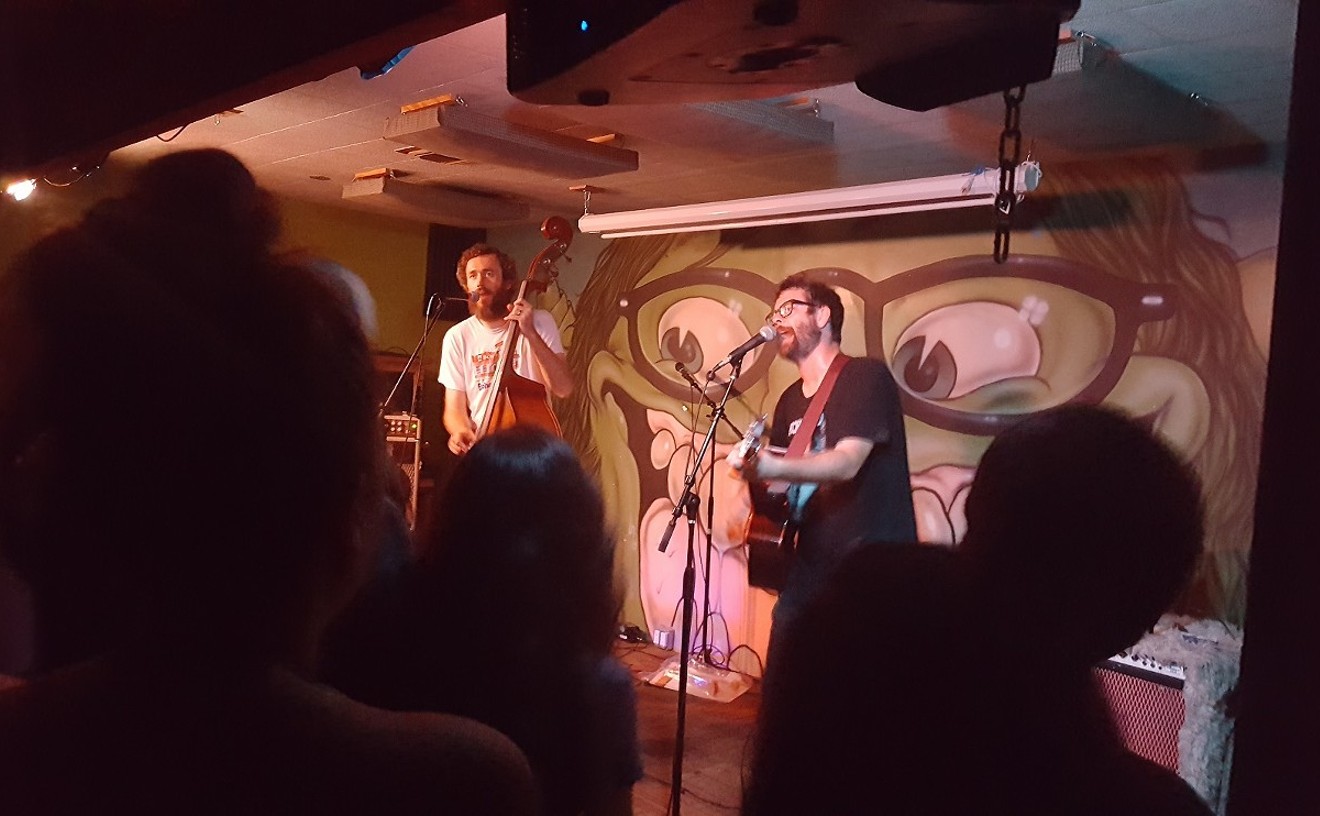Native Nation, a new work by Sicangu Lakota playwright Larissa FastHorse, provides a rare theatrical glimpse into issues facing native people in Arizona.
The play was commissioned by ASU Gammage and is presented by Cornerstone Theater Company. The immersive experience incorporates live theater, an artisan marketplace, a fashion show, and cultural performances.
Cornerstone has a long history of creating works based off conversations with community members and inviting nonprofessionals to participate in set, prop, costume, and lighting design.
Native Nation allows audience members to engage with the actors, according to Michael John Garces, artistic director for Cornerstone.
“We’re hoping that we can change the audience/performer dynamic, so that we are not dictating to the audience what they have to experience, but they have freedom in what they experience. And at the same time, not put the characters onstage to be viewed by the audience, but really they’re interacting, changing our relationship to the story and immersing folks in the story,” Garces says.
Garces also directed another play by FastHorse, Urban Rez, that was focused on modern-day issues faced by indigenous people in California, including how local tribes had been declared extinct by the federal government.
FastHorse has been surprised that in a state like Arizona, with 22 federally recognized tribes, invisibility still continues to be a major issue for indigenous people.
“I was really shocked the level of invisibility that the indigenous people in Arizona feel. I would hear it again and again, that they are invisible, that they are not seen, that no one knows who they are,” FastHorse says.
FastHorse expected Native Nation to be similar to Urban Rez but has found that it is completely different because of the community members who have shaped it.
“We’re dealing with not only a different community, but a completely different political situation, as far as the indigenous people in Arizona versus the indigenous people in Los Angeles. The tone, the process of creating, everything is very different and yet related in they are plays by, about, and with indigenous communities,” FastHorse says.
Native Nation was developed through talking circles with indigenous people in different parts of Arizona and in New Mexico. The conversations included military veterans, activists, members of tribal governments, and people from urban and rural settings.
Building connections was an essential part of developing Native Nation.
FastHorse and her creative team engaged with communities in different ways, including helping members of the White Mountain Apache Tribe to winterize elders’ homes.
“Through that process, we created relationships and ended up having them participate in talking circles,” FastHorse says.
FastHorse says these dialogues helped her to see common issues that were affecting indigenous people in the Southwest.
Some of the stories stuck with her after the talking circles. She was especially touched when hearing about foster children being taken from their homes barefoot and in pajamas and not having their clothes or toys with them at new foster homes.
Her theatrical piece explores a range of issues, including the foster system, the treatment of two-spirited people, environmental justice, food sovereignty, missing and murdered indigenous women, and youth efforts to bring change through activism.
The play offers a more interactive theater experience, in which audience members are encouraged to take part in different activities. It also incorporates different types of storytelling, including music and dance.
Many of the actors in the piece, including Ceyshe Napa, are nonprofessionals.
“Nonprofessionals bring things to the table that are so true and authentic to their experience and really help us to create something that has authenticity. I’m always surprised with their amazing instincts,” Garces says.
Napa, a Navajo woman, says that although she and other performers are new to acting, they feel invested in the production.
“I think this is really important, not just because we are invested in this personally, but this is a community investment. …This is something that I’m very fortunate to be a part of and very proud to be a part of,” Napa says.
She first took part in talking circles with her father and daughter. A desire to expose her 8-year-old daughter, who is interested in acting, to a work with a Native American focus prompted her to get involved.
“I wanted my daughter to see how this works, especially since this is a Native production, with a Native playwright. You don’t see that at all,” Napa says.
In Native Nation, Napa plays an aunt who is taking care of her niece. She can relate to the character because she helped to care for her niece and nephew when they were young.
Napa works with LGBTQ youth at Glendale Community College, so stories of LGBTQ youth not being accepted and being kicked out by their families also resonate with her.
Kenny Ramos is one of three professional actors who are part of the production. Ramos, a member of the Barona Band of Mission Indians, started his professional acting career in 2008 but took a six-year hiatus. Being part of Urban Rez got him back into acting, and since then, he has worked on different projects centered around Native American topics.
He recently was awarded a Fox Foundation Resident Actor Fellowship, which helps to support actors’ artistic development and work with nonprofit theater companies.
Growing up as a theater kid, Ramos noticed a lack of Native American characters and storylines in contemporary works. He says pieces such as Urban Rez have helped to change that.
“I never saw any theater piece growing up that depicted American Indians in a truthful and contemporary way. I love this art form so much, but I felt like there was never any space for American Indians in the American theater. It wasn’t until I did something like Urban Rez that that changed my thinking and actually changed my life,” Ramos says.
“We are creating space now in American theater for Native people to tell our stories and for us to not just share our truths and our perspectives ... but when we do this, we are empowering our community because Native people that will come to the play will see contemporary, truthful, honest depictions of themselves onstage.”
Native Nation. 2 and 7 p.m., Saturday and Sunday, April 27 and 28, at Steele Indian School Park near the Circle of Life, 300 East Indian School Road; tickets are $20 for general admission via asugammage.com/nativenation.
[
{
"name": "Air - MediumRectangle - Inline Content - Mobile Display Size",
"component": "18478561",
"insertPoint": "2",
"requiredCountToDisplay": "2"
},{
"name": "Editor Picks",
"component": "16759093",
"insertPoint": "4",
"requiredCountToDisplay": "1"
},{
"name": "Inline Links",
"component": "17980324",
"insertPoint": "8th",
"startingPoint": 8,
"requiredCountToDisplay": "7",
"maxInsertions": 25
},{
"name": "Air - MediumRectangle - Combo - Inline Content",
"component": "16759092",
"insertPoint": "8th",
"startingPoint": 8,
"requiredCountToDisplay": "7",
"maxInsertions": 25
},{
"name": "Inline Links",
"component": "17980324",
"insertPoint": "8th",
"startingPoint": 12,
"requiredCountToDisplay": "11",
"maxInsertions": 24
},{
"name": "Air - Leaderboard Tower - Combo - Inline Content",
"component": "16759094",
"insertPoint": "8th",
"startingPoint": 12,
"requiredCountToDisplay": "11",
"maxInsertions": 24
}
]











